
The Art Of Breathing & Living
Kasia Borodej
Biodynamic Breathwork & Trauma
Release System Practitioner
Birth Doula
who I am
what i do
where I am


Let’s Get Started
Who I Am
I work as a practitioner in one-to-one sessions and group workshops helping people seek inner peace.
In my work, I bring all of my experience from the study of human nature such as motherhood, birth, stages of human growth, intuitive movement in addition with aromatherapy and my knowledge of Bach Flower practitioner.
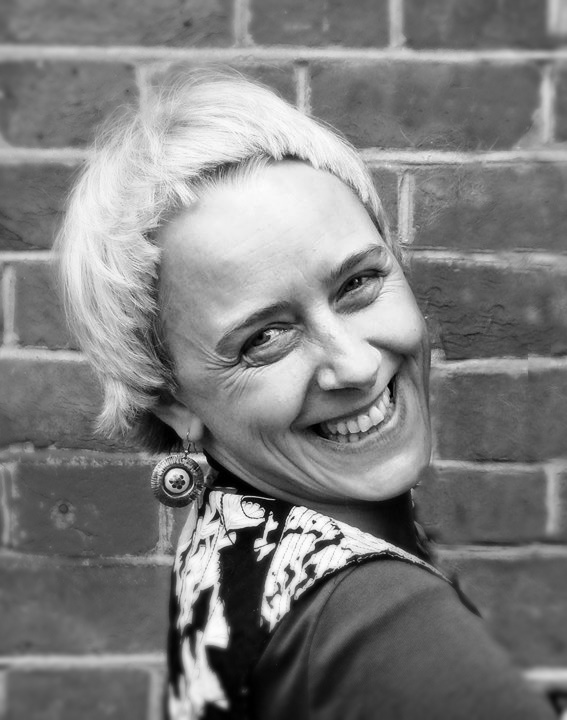

What I Do
Doula
BioDynamic Breathwork & Trauma Release System was created by Giten Tonkov, and it is a therapeutic approach that uses breath as the primary tool with the help of supporting elements such as movement, touch, sound, conscious emotional expression and meditation to support trauma release and healing on the somatic level.
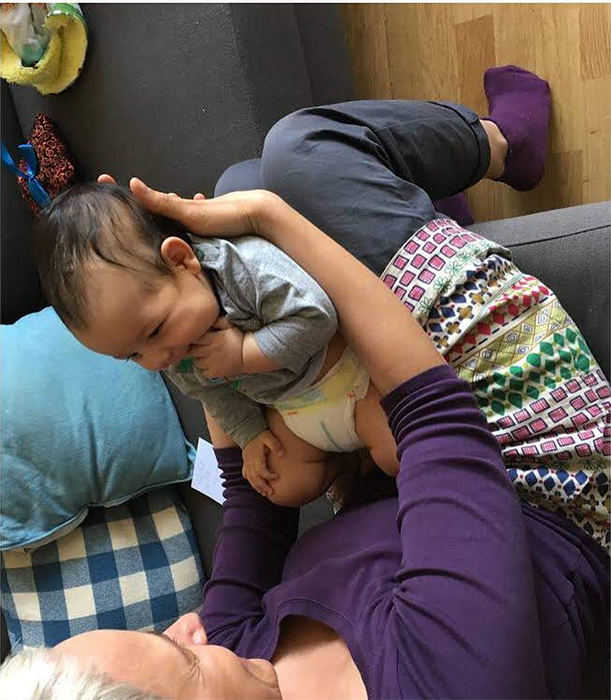
What are the benefits of BBTRS
IT Reduces
problems with the digestive system | chronic fatigue | Stress
Difficulty focusing | breathing difficulties Trauma | Insomnia
Apnea | ANXIETY | Depression
physical and emotional pain
obsessive compulsive disorder
it supports
Emotional integration
Aliveness
Relaxation
BODY AWARENESS
Meditation
Inner balance
Physical alignment
it STRENGTHENS
Connection with others
Health & well-being
Empathy
Self-awareness
Creativity
Mental clarity
Spiritual connection
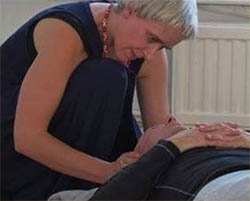
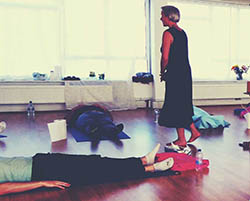

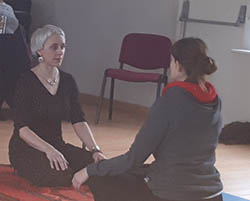
Where trauma comes from?
Excerpted from Feel to Heal: Releasing Trauma Through Body Awareness and Breathwork Practice
By Giten Tonkov ©2019
Trauma is what happens when our systems become overwhelmed, whether by a specific event or life circumstances. If we cannot adequately process and “clear” these experiences—consider the effects of long-term abuse, an attack, sexual violence, or wartime—then our lives can become unmanageable. Importantly, we can trigger the body’s natural “emergency” responses even when we’re not being chased by a tiger or threatened at gunpoint. Depending on about a million factors, or possibly more, any given person can experience trauma because of a perfect storm of events. If the exactly wrong thing happens at a moment when we are physically, emotionally, mentally, and/or spiritually exhausted, afraid, confused, or otherwise unable to cope, then trauma can result.
STRESS VS. TRAUMA
The terms for how we feel, by definition, are subjective. One person’s idea of a headache might be different from someone else’s—and words like “stress” can have limitless shades of meaning. Stress can be an invisible, moving target. It is often the result of thoughts and beliefs, both conscious and unconscious—especially those rooted in fear. We feel fear about what we are able or unable to do, about the manageability of our lives, about money and love and relationships, and about what is happening in the wider world. Our thoughts fuel this fear, and all manner of negative manifestations can result.
Stress can also be present from past events. Mental memories and “sense memories” can be buried deep within us, acknowledged or not, often for long periods of time. They can become unexpectedly triggered by an event, or they can cause illness or disease.
Trauma, on the other hand, goes beyond stress. Unlike stress, which often can be successfully managed by lifestyle changes and various forms of psychotherapy, trauma is the result of our system’s overload. Trauma happens when we can’t cope with an event, a set of circumstances, relationship dynamics, or even ongoing stress. Generally, we can’t “talk ourselves out” of trauma, because our body has taken over. Trauma results when our systems read a situation and see a threat.
WHY WE REACT
What happens in our bodies in response to traumatic events and circumstances is hard-wired. Our bodies flood with hormones and our blood flow changes, all within as little as one-twentieth of a second—shorter than the time between two heartbeats, and long before our conscious mind has processed the threat.i In that split-second of deliberation, our bodies automatically calculate how best to utilize the extra energy that could very likely save our lives.
When this happens, automatic processes take over—changes in our blood supply, brain impulses, hormone secretions, and organs ready us to fight, or to flee. That’s where the term “fight or flight” came from. However, another viable option is to freeze. In some animals, the freeze response is part of the fight-or-flight preparation; the brain is ready for any action, but remaining still appears to provide the best chance for survival. “Playing dead” or fainting can be useful in the wild, because some predators are not interested in killing an animal unless it is running or fighting back.
All of this biology goes to show that how we respond to stimuli in our environment is part of how we’re made—and so is letting go of stress. The foundational body-based trauma release—one of the six elements of BBTRS—comes from watching animals in the wild. The entire process is described in detail in Feel to Heal: Releasing Trauma Through Body Awareness and Breathwork Practice.”
source: https://www.biodynamicbreath.com/breathwork-bbtrs-system/where-trauma-comes-from/
“Emotional and physical states can be altered by changing the breathing pattern”
Wilhelm Reich

What I Offer
I offer a range of BTRE services to suit different needs.
individual session
Individual session
One session lasts approximately 1.5 to 2 hours.
Individual session with a addition of a personal blend of Bach flower remedy
This blend will last up to three weeks
Package of 5 sessions
Group session
“Trauma is not what happens to you. Trauma is what happens inside you as a result of what happens to you.”
Dr Gabor Mate
Testimonials
They trusted me
Join me
Newsletter
Follow
Subscribe

